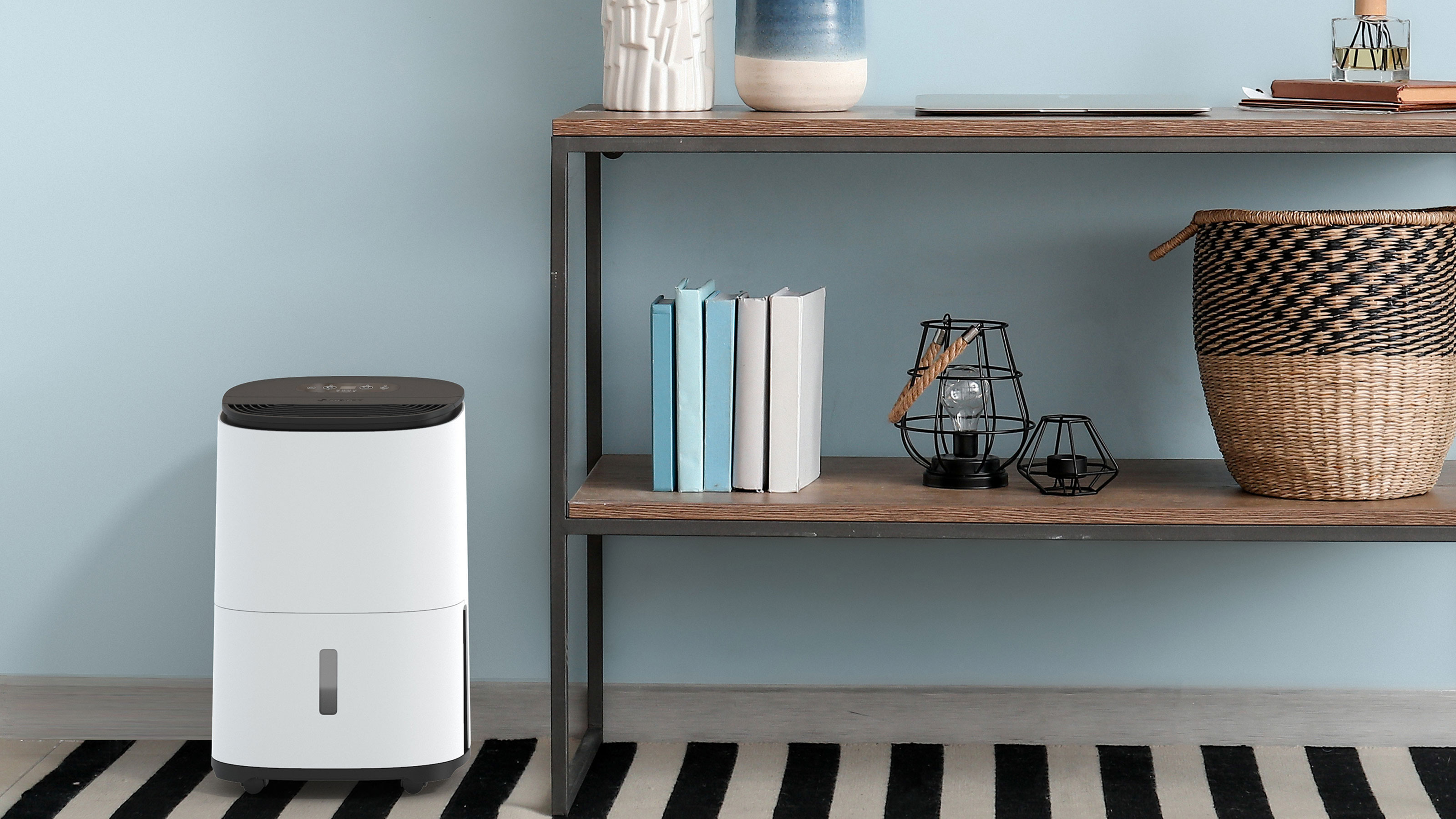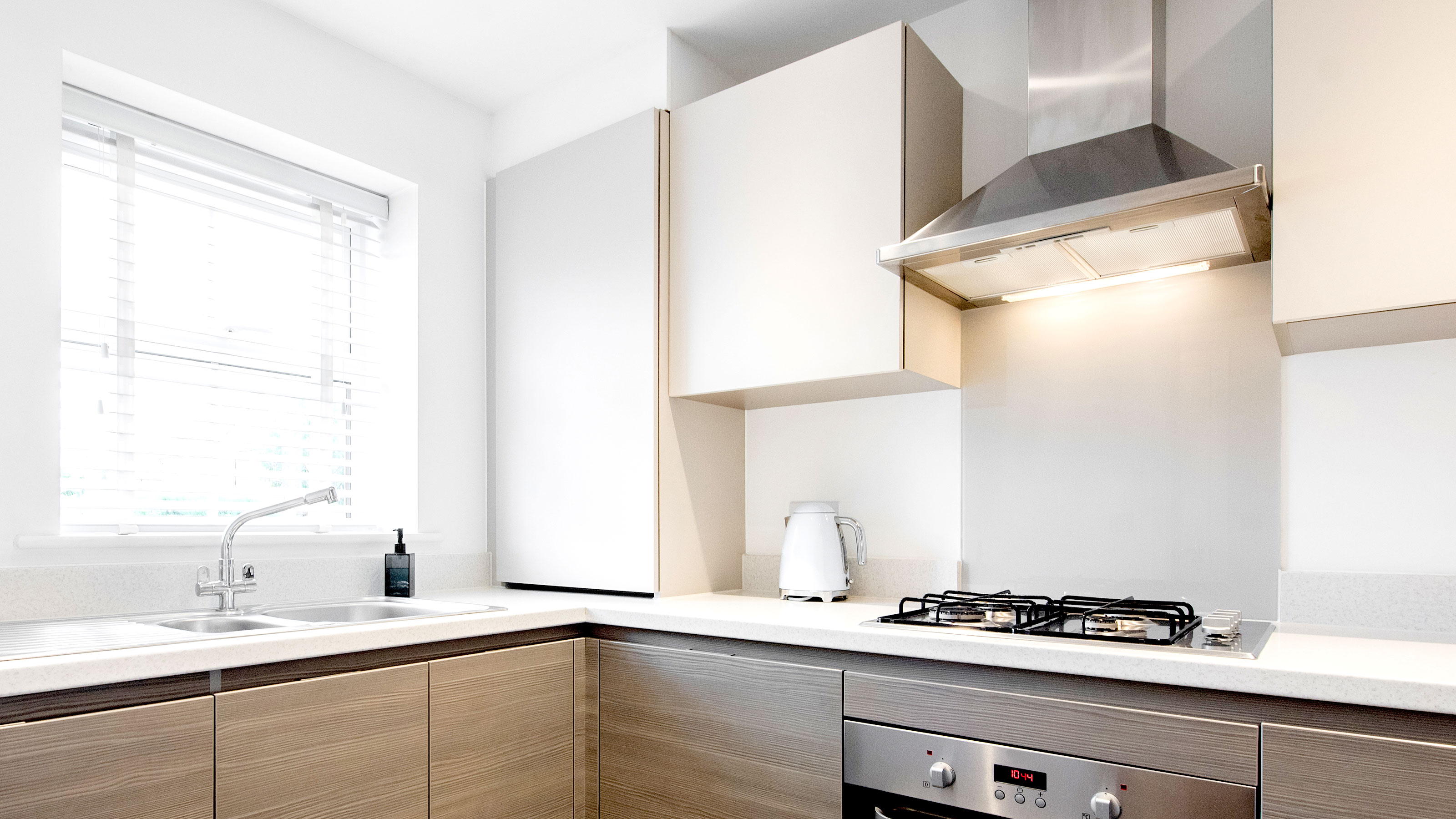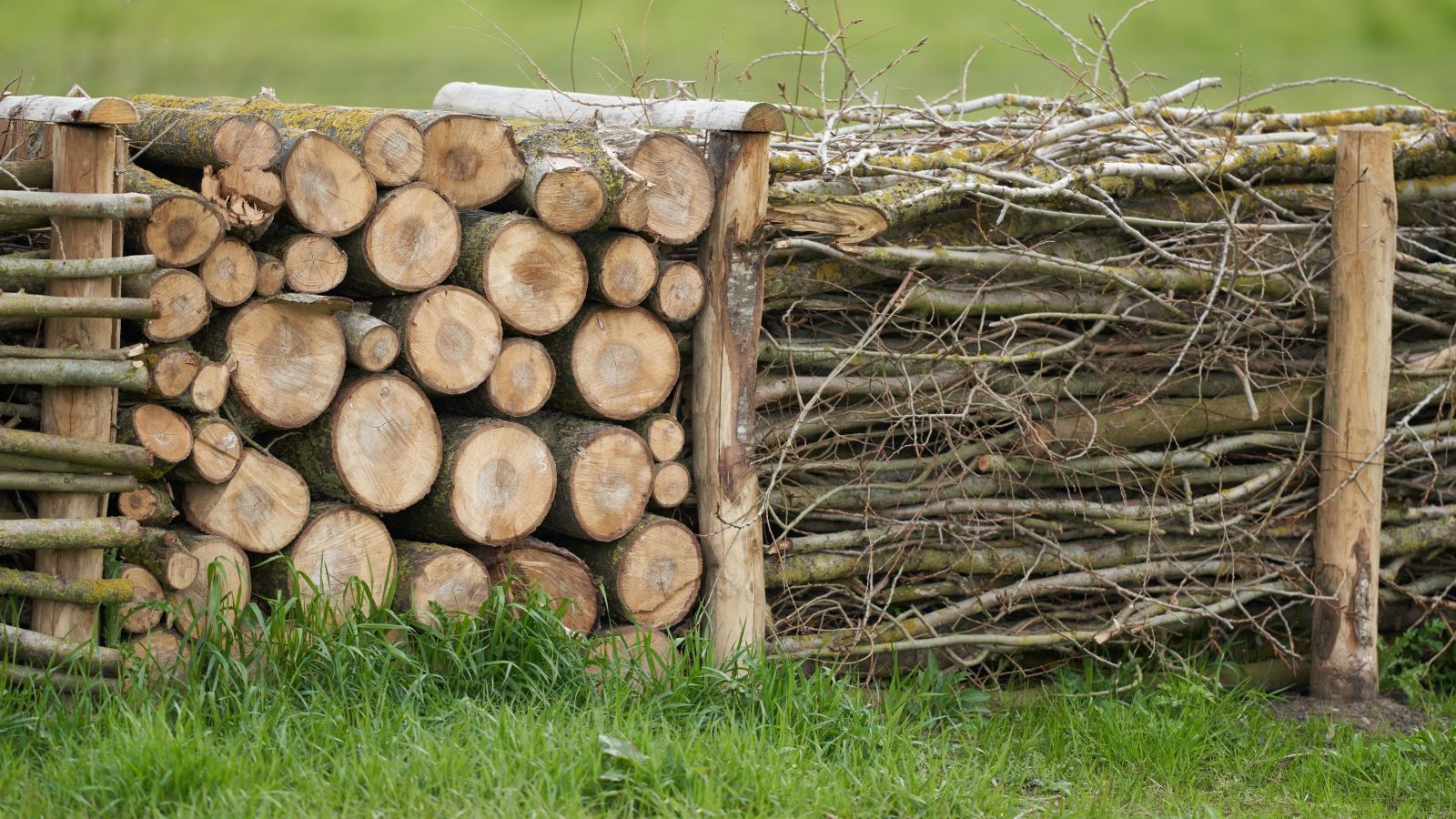How to stop condensation on walls with these five easy and effective solutions
Discover how to stop condensation on walls, ceilings and anywhere else it lives and stop a whole host of unwanted issues such as damp and mould developing

Do you want to know how to stop condensation on walls? Then you have come to the right place. Condensation may seem harmless but it can lead to unwelcome issues such as mould growing on your walls and ceilings. This isn’t good for your decor or your health.
So what is condensation? What causes it and what can you do to stop creating it? Here we take a closer look at some easy quick fixes and smart solutions that can help eliminate condensation as well as ways of dealing with more difficult issues such as mould and damp.
How to stop condensation on walls
Here we take a look at easy to introduce solutions that will help stop condensation in the home and help reduce the causes.
1. Ventilate, ventilate, ventilate
When warm air hits a cold surface – like an external wall or window – condensation in the form of water moisture makes an appearance. Condensation in conservatories, kitchens and bathrooms is common, simply because they’re areas where a lot of warm air is produced.
Making sure a room is well ventilated is one simple way to help stop condensation forming and getting rid of it as Chris Michael, Managing Director at Meaco, explains, “If you bring fresh air into the house by opening a window, then the same amount of air will leave the house. Some of the damp air will be forced outside as a result.”
But when it's cold outside it's not always an effective solution as Michael continues, “However, during winter months the air coming in from outside will be colder and damper than the air inside, having a minimal effect on condensation. With energy bills so high, people do not want to let warm air escape or to allow a cold draught in the home.”
2. Get a dehumidifier
Want to know how to reduce humidity in a house, then a dehumidifier is a great solution as Michael explains, “A dehumidifier removes excess indoor humidity to prevent condensation from forming. It reduces indoor humidity to healthy levels.”
He continues with a list of dehumidifier benefits – like the Meaco 20L Low Energy dehumidifier, which scored well in Homebuilding’s review – including the following:
- Instant impact – The quickest way to remove excess moisture and dry the air inside
- Energy efficiency - Affordable to run. Models with a humidistat will switch off when target humidity reached to save electricity
- Protects health and home - Prevents mould from forming

3. Keep your heat consistent
Only keeping one room toasty and leaving the others cold will not help improve a condensation problem. The key to keeping condensation at bay is to provide a consistent heat across all rooms, so there isn’t a steep drop in temperature from room to room. Heat up a regularly used room to around 21 degrees, while keeping other less commonly used rooms at around 18 degrees.
To help make this happen the radiators in your home should have TRV’s installed. If not call in a professional to install or learn how to fit thermostatic radiator valves yourself.
4. Install extractor fans
Opening windows and doors in your home to ventilate a room isn’t always a viable option. No-one wants to open a window in the middle of winter and let in a blast of freezing cold air. A simple solution is to install an extractor fan in high humidity areas such as the kitchen and bathroom to remove moisture as it is created. This will greatly reduce the chances of condensation forming on walls and ceilings. Which in turn helps nullify the appearance of damp and mould.
Note that kitchens and bathrooms need a specific type of extractor fan to work effectively. Check out our best bathroom extractors fan and best kitchen extractor fan guides for a collection of top choices.

5. Move your furniture
Placing furniture such as bookshelves and cupboards directly against an outside wall can lead to condensation and ultimately mould. A lack of a gap means that there is no air circulating behind the furniture to help move away any moisture in the air. The simple solution here is to move your furniture at least 100mm from the wall to allow air to circulate between the wall and the furniture.
If mould has started to form on the wall there are a few techniques for removing mould from walls that will help get rid of the mould and kill off the spores to stop it returning.
How to stop condensation on walls FAQs
Why am I getting condensation on my walls?
Typically the reason that you are getting condensation on your walls is due to warm air hitting a cold wall. This is typically an outside wall that is obviously exposed to the colder temperatures.
You will notice that condensation is more prevalent in the winter and colder months of the year. Condensation rarely makes an appearance in the summer months because there isn’t such a difference in temperatures and there is less moisture in the air.
How do you insulate a cold wall from inside?
If your external walls are noticeably colder during the winter months you probably lack insulation and need to think about insulating a wall or walls to help keep the heat in and the cold out.
Most homes will have cavity walls, so installing cavity wall insulation is the obvious choice. However, if you live in an older home with solid walls you will need to look at internal wall insulation to improve conditions.
A quick and budget friendly option is to introduce insulating wallpaper, which contains a thin layer of insulate to help reduce the heat transfer through walls. It is not as effective as introducing insulation in a wall, but it can still help.
Get the Homebuilding & Renovating Newsletter
Bring your dream home to life with expert advice, how to guides and design inspiration. Sign up for our newsletter and get two free tickets to a Homebuilding & Renovating Show near you.
Steve Jenkins is a freelance content creator with over two decades of experience working in digital and print and was previously the DIY content editor for Homebuilding & Renovating.
He is a keen DIYer with over 20 years of experience in transforming and renovating the many homes he has lived in. He specialises in painting and decorating, but has a wide range of skills gleaned from working in the building trade for around 10 years and spending time at night school learning how to plaster and plumb.
He has fitted kitchens, tiled bathrooms and kitchens, laid many floors, built partition walls, plastered walls, plumbed in bathrooms, worked on loft conversions and much more. And when he's not sure how to tackle a DIY project he has a wide network of friends – including plumbers, gas engineers, tilers, carpenters, painters and decorators, electricians and builders – in the trade to call upon.

